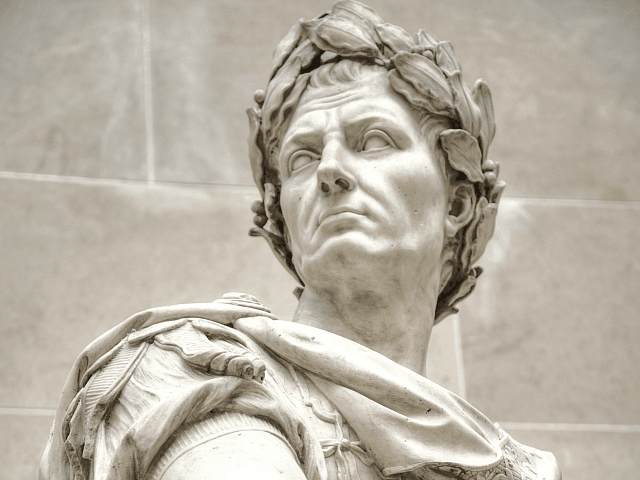The National Trust has been slammed by visitors after covering all art depicting men as part of a taxpayer-funded exhibition aiming to promote female representation.
Visitors to Cragside over the past few weeks were disappointed to find that a large proportion of the significant art collection at the Northumberland property and former home of Lord William Armstrong had been hidden behind white sheets while sculptures of men had bags placed over their heads.
The Great Cragside Cover-up, which ended Sunday, was intended to shine a spotlight on the life of the Victorian engineer and industrialist’s wife, Lady Margaret Armstrong, as well as other women who lived at the country house, was one of a number of events at National Trust properties marking 100 years of women’s suffrage in Britain.
Part of the trust’s ‘women and industry’ programme, for which it was handed a £114,748 grant from taxpayers, the exhibition sought to “draw attention to the lack of representation of women at Cragside”, according to posters at the property.
But with admission fees ranging from £18 for a single adult to £49.50 for a family ticket, many visitors were unimpressed after the installation prevented them from exploring the usual full selection of artwork on display at the house.
Cragside was reportedly inundated with complaints about the installation, with staff having to empty the comments box several times a day throughout the three-week period for which it ran, due to the volume of negative feedback.
One visitor, Jim Herbert, commented: “Having paid a touch under £50 to get in, it is disappointing not to be able to see the whole collection, and I fail to see how hiding exhibits deemed as male can do anything to encourage female achievement.
“I can’t help but think that an extra exhibition recognising the achievements of women would be more constructive,” he told BBC Newcastle.
Prior to the opening of the exhibition Harriet Sutcliffe, an art PhD student who “created” the so-called installation alongside Rob Blazer and Kate Stobbart, said the team was “frustrated” after failing to find enough about the life of Lady Armstrong to create an exhibition, so hoped “by concealing some of the male objects and artifacts within the house it might shift the lens slightly so these women would have the space for three weeks to shine”.
Stobbart, whose other works include pictures of people with bags of urine, said: “We wanted to try and bring out Lady Margaret and every time we tried to do that we failed really, because conversations with the experts here, and our own conversations when we were back in Newcastle, inevitably led to Lord Armstrong and not very much on Lady Armstrong.
“That seemed to be the biggest message: Cragside was, or is, all about Lord Armstrong and not really about the many, many women who worked here and the many, many women who worked in his factories,” added the self-styled artist in a video for the trust, which has since been taken down.
The former director of London’s Victoria and Albert Museum and the National Portrait Gallery, Sir Roy Strong, blasted the exhibition, commenting that Lord Armstrong “would be horrified to see his art being used to deliver a diatribe on political correctness”.
“His art collection was given to the National Trust in good faith. The fact they have gone on to use it in this way will be extremely off-putting to any future donors,” he said, adding: “If the public pay to see an art collection they expect to see what is there.
“It’s insulting … to censor paintings to make a political point. I find the whole thing infantile and rather sad. It is completely pointless. I’m sure the donor would be turning in his grave.”
Although officially an independent charity, the National Trust transformed in the early and mid 20th century into a quasi-governmental body, which was the prime beneficiary of hundreds of properties taken from historic families in Britain in lieu of punitive death duties. In 1949, death duties had reached 80 per cent for estates worth more than one million pounds sterling, resulting in large numbers of homes and works of art being given to the government in lieu of payment.
With stunts including forcing volunteers to wear LGBT pride badges amidst a rise in increasingly political exhibitions, the trust has been accused of betraying its role as custodian of Britain’s heritage with its accelerating lurch towards “cultural Marxism” in recent years.

COMMENTS
Please let us know if you're having issues with commenting.